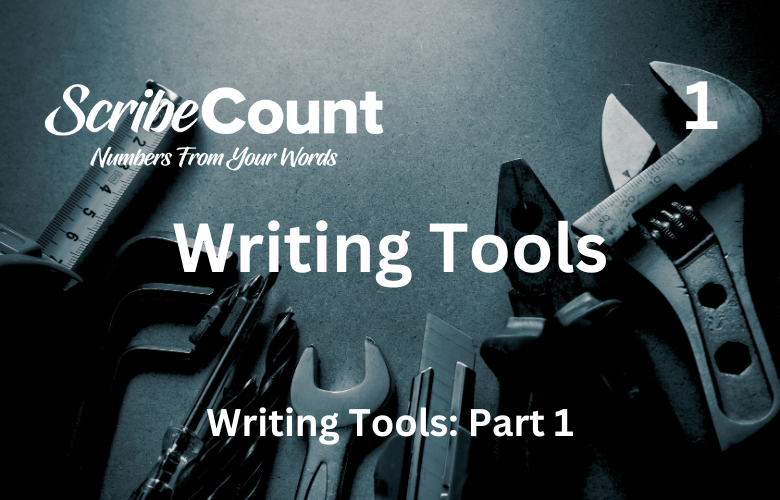Apps, Tools, and Software for Novelists: A Guide for Independent Authors
Writing a novel is a monumental task that involves creativity, organization, revision, and persistence. For independent authors, having the right tools can dramatically improve both productivity and the quality of their final manuscript. With so many programs and devices available, it’s essential to choose the ones best suited to your working style. Below is a breakdown of essential writing software, planning tools, and supportive hardware that many novelists use in their independent publishing journey.
Microsoft Word
Microsoft Word is one of the most widely used word processors in the world. Its versatility, formatting tools, and universal compatibility make it a favorite for manuscript creation, especially when submitting to editors, beta readers, or publishers. Authors can take advantage of features like styles, comments, track changes, and headers/footers to structure and edit their work. It’s also widely accepted by print-on-demand platforms.
Learning Curve: 2/5
🔗 https://www.microsoft.com/word
Scrivener
Scrivener by Literature & Latte is a powerful writing app designed specifically for long-form writing. It allows authors to break a manuscript into manageable scenes or chapters, organize research, set goals, and view their project as a whole or in parts. It’s particularly useful for outlining complex novels. While the interface can feel overwhelming at first, it’s a beloved tool among serious novelists.
Learning Curve: 4/5
🔗 https://www.literatureandlatte.com/scrivener/overview
Atticus
Atticus is an all-in-one writing and formatting tool created with self-publishing authors in mind. It combines writing space with book formatting options for both eBook and print, similar to Vellum but available on all major operating systems. Authors can write, style, and export in industry-standard formats. It’s a newer tool but gaining popularity quickly for its balance of power and ease of use.
Learning Curve: 2/5
🔗 https://atticus.io
Vellum
Vellum is a professional-grade book formatting software for Mac users. It’s widely praised for creating beautiful, clean eBook and print book layouts. Authors can import text, select from elegant formatting styles, and export files ready for KDP, Apple Books, and IngramSpark. Vellum does not include writing tools but is invaluable for preparing your finished manuscript.
Learning Curve: 2/5
🔗 https://vellum.pub
Wavemaker
Wavemaker is a free browser-based writing tool with planning and plotting tools built in. It includes features like the snowflake method, corkboard view, timeline plotting, and manuscript export. It’s ideal for authors who want structure without paying for Scrivener. Since it’s web-based, your work is accessible across devices.
Learning Curve: 3/5
🔗 https://wavemaker.cards
Plottr
Plottr is a visual plotting software designed to help authors outline their stories and character arcs. It includes templates for popular story structures (like the Hero’s Journey), timelines, and tagging. It doesn’t replace your word processor but complements it by helping you plan before writing. It’s especially effective for series planning.
Learning Curve: 2/5
🔗 https://plottr.com
Grammarly
Grammarly is an AI-powered writing assistant that checks grammar, punctuation, tone, and clarity. It integrates with browsers, Word, Google Docs, and desktops. For authors, it helps clean up drafts before professional editing and offers real-time suggestions without being overly intrusive. A premium version adds advanced grammar and style support.
Learning Curve: 1/5
🔗 https://www.grammarly.com
ProWritingAid
ProWritingAid is a comprehensive editing tool for fiction and nonfiction writers. It analyzes writing for grammar, style, readability, overused words, and pacing. While Grammarly focuses more on correctness, ProWritingAid leans into deeper editing insights, including structure and rhythm. It integrates with Scrivener, Word, and browsers.
Learning Curve: 3/5
🔗 https://prowritingaid.com
Dictation Software
Dictation tools like Dragon NaturallySpeaking, Windows Speech Recognition, or Apple Dictation allow authors to write using their voice. This is especially useful for those with wrist pain or who think better while speaking. Modern dictation software is remarkably accurate and can help boost word count dramatically. However, it requires some adaptation and cleanup afterward.
Learning Curve: 3/5
🔗 https://www.nuance.com/dragon.html
Keyboards
The keyboard an author uses can greatly affect typing comfort and speed. Mechanical keyboards like the Keychron K2 or ergonomic options like the Microsoft Sculpt are popular among writers. Key travel, tactile feedback, and layout should be considered based on how long you spend typing each day. The right keyboard can reduce fatigue and improve focus.
Learning Curve: 1/5
🔗 https://www.keychron.com | https://www.microsoft.com/accessories
Author-Friendly Laptops
When choosing a laptop for writing, key features include battery life, keyboard comfort, portability, and screen clarity. Favorites among writers include the MacBook Air, Lenovo ThinkPad, and HP Spectre x360. These machines support major writing software and provide the performance needed without distractions.
Learning Curve: 1/5
🔗 https://www.apple.com/macbook-air | https://www.lenovo.com
Headphones
Noise-canceling headphones help writers block out distractions and enter a flow state. Popular choices include the Bose QuietComfort and Sony WH-1000XM5. Many authors pair these with instrumental playlists or ambient sound generators. Wireless options offer mobility, and long battery life is ideal for extended writing sessions.
Learning Curve: 1/5
🔗 https://www.bose.com | https://www.sony.com
Alexa / Siri / Hey Google
Virtual assistants like Amazon Alexa, Apple Siri, and Google Assistant can help authors stay productive. You can set reminders, dictate notes, search for information, or even play writing playlists. While not writing tools per se, they assist with task management, quick research, and voice-to-text convenience.
Learning Curve: 2/5
🔗 https://www.amazon.com/alexa | https://www.apple.com/siri | https://assistant.google.com
Conclusion
Independent authors today have an incredible array of tools to support every step of the writing process—from drafting and editing to formatting and final production. Whether you're a plotter or pantser, whether you prefer typing or dictation, there’s a combination of apps and gear to suit your workflow. The key is to test a few, find what aligns with your creative habits, and build a writing environment that fosters both focus and flexibility.

